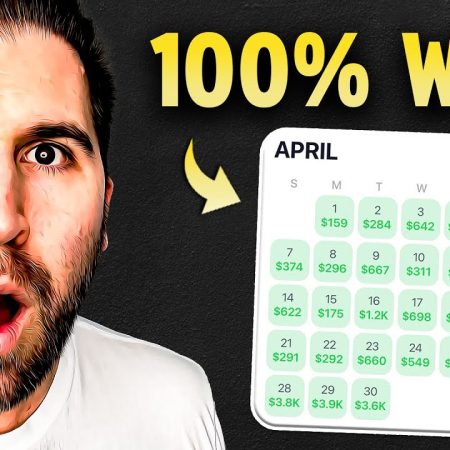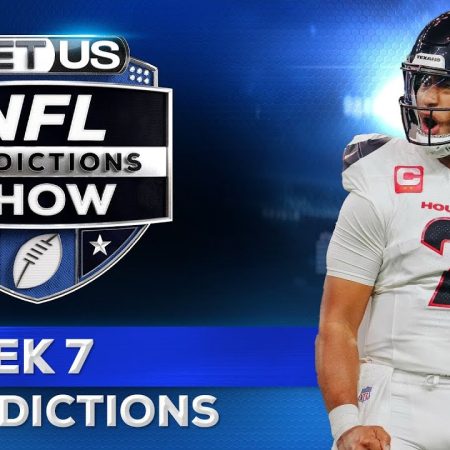Video Summary
Sports bettors, here's a crucial concept to grasp: how sportsbook odds relate to probabilities. Let's dive into an example. DraftKings Sportsbook is offering an over/under 104.5 points for Game 1 of the Finals, with both sides priced at -115. This means the sportsbook implies that both outcomes are equally likely, with the celtics scoring over 104.5 points (50%) and under 104.5 points (50%) occurring simultaneously. This is reflected in the fair odds calculator, which shows that DraftKings is pricing the over 104.5 points at 50% to occur and the under at 50%.
Now, let's look at a market from Pinnacle Sportsbook, which is considered one of the sharpest betting markets in the world. They're offering odds for Nathan McKinnon over 1.5 points at +108 and the under at -146. Using a fair odds calculator, we can see that Pinnacle's model is implying that McKinnon scoring over 1.5 points is 44.75% to happen, while the under is 55.25% to happen.
Here's the key takeaway: when a sportsbook offers identical odds on both sides of a market, it means they're implying that both outcomes are equally likely. However, when a sportsbook offers different odds, it means they're favoring one outcome over the other. This is where the juice comes in. For example, DraftKings' -115 odds on the over and under mean you need to win 53.48% of the time to break even, while Pinnacle's +108 and -146 odds mean you only need to win 40% of the time to break even.
This concept can be applied to any sportsbook odds, whether you're betting on the point spread, moneyline, or over/under. Remember, odds always relate to probability, and a sportsbook's odds will always favor one outcome over the other. By understanding this concept, you can make more informed betting decisions and potentially increase your win rate.
https://oddsjam.com/subscribe: Start your 7 Day FREE Trial of OddsJam Get a personal, one on one tutorial on how to make …
https://oddsjam.com/subscribe: Start your 7 Day FREE Trial of OddsJam Get a personal, one on one tutorial on how to make …
















